
Editor's Note: This story originally appeared on Filterbuy.
Rising rents have hit households hard over the last year. After remaining flat amid eviction moratoriums and government assistance programs in 2020, rents grew by 17.6% in 2021 and by another 6.7% over the first seven months of 2022. And in a period of persistent inflation, costs for housing are squeezing renters’ budgets for other areas of their household spending.
But even before the recent spike in rents, the gap between what a typical rental costs and what the typical worker can afford based on their income has been growing.
Amid stagnant wages for workers, especially low-income earners, and a nationwide shortage of housing stock, renters are finding it more difficult than ever to secure affordable housing. A recent report from the National Low Income Housing Coalition found that the typical renter today needs to earn $21.25 per hour to afford a modest one-bedroom apartment.
Current challenges in the rental market are also being experienced differently across generations. Members of the millennial generation — currently aged 26 to 41 — are at an age when most people buy their first or second home.
But rising costs of rents and real estate have compounded other financial difficulties faced by the millennials, like lost earning potential after the Great Recession and historically high levels of debt. Now, 27.2% of millennials in the U.S. are renters, a larger proportion than any other generation.
To determine the locations with the largest millennial renter wage gap, researchers at Filterbuy calculated the percentage difference between the median wage for millennial renters and the median wage necessary to afford a one-bedroom rental without spending more than 30% of wages on rent.
Here are the U.S. metropolitan areas with the largest millennial renter wage gap.
15. Nashville-Davidson-Murfreesboro-Franklin, TN

- Millennial renter wage gap: -22.9%
- Millennial renter median wage: $33,508
- Annual wage needed to afford a 1-bedroom rental: $43,440
- Median 1-bedroom rent: $1,086
- Percentage of millennials in rented housing: 26.0%
14. Denver-Aurora-Lakewood, CO

- Millennial renter wage gap: -26.4%
- Millennial renter median wage: $41,885
- Annual wage needed to afford a 1-bedroom rental: $56,880
- Median 1-bedroom rent: $1,422
- Percentage of millennials in rented housing: 28.7%
13. Seattle-Tacoma-Bellevue, WA
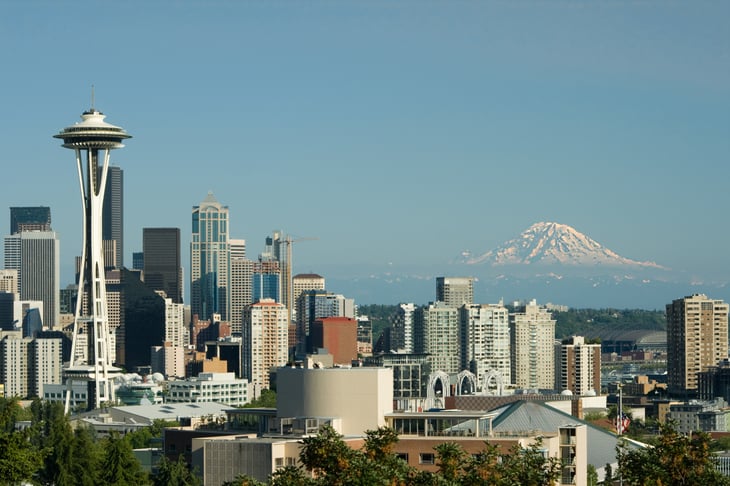
- Millennial renter wage gap: -27.3%
- Millennial renter median wage: $47,120
- Annual wage needed to afford a 1-bedroom rental: $64,840
- Median 1-bedroom rent: $1,621
- Percentage of millennials in rented housing: 31.7%
12. Sacramento-Roseville-Arden-Arcade, CA
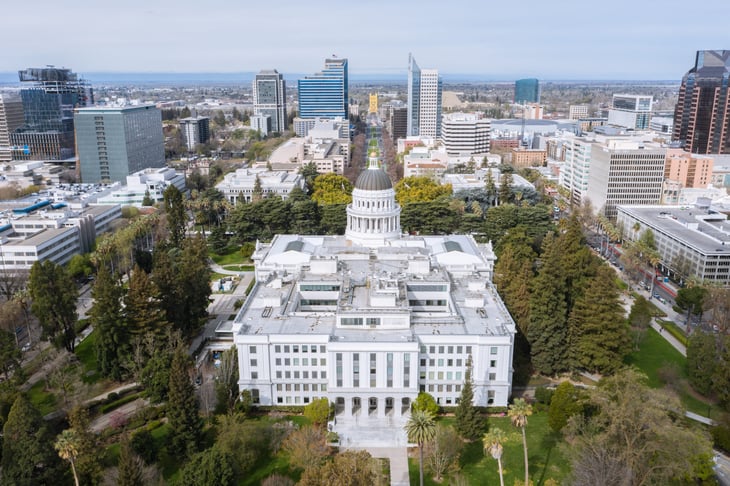
- Millennial renter wage gap: -28.1%
- Millennial renter median wage: $36,649
- Annual wage needed to afford a 1-bedroom rental: $50,960
- Median 1-bedroom rent: $1,274
- Percentage of millennials in rented housing: 30.1%
11. Tampa-St. Petersburg-Clearwater, FL
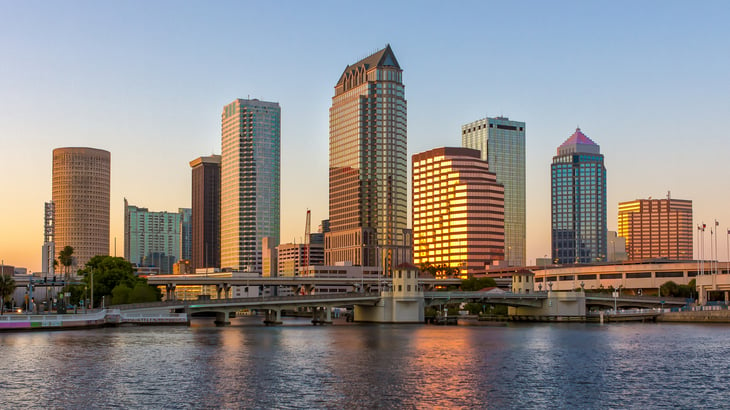
- Millennial renter wage gap: -28.6%
- Millennial renter median wage: $32,147
- Annual wage needed to afford a 1-bedroom rental: $45,000
- Median 1-bedroom rent: $1,125
- Percentage of millennials in rented housing: 27.3%
10. Boston-Cambridge-Newton, MA-NH

- Millennial renter wage gap: -31.6%
- Millennial renter median wage: $49,738
- Annual wage needed to afford a 1-bedroom rental: $72,680
- Median 1-bedroom rent: $1,817
- Percentage of millennials in rented housing: 30.5%
9. Portland-Vancouver-Hillsboro, OR-WA

- Millennial renter wage gap: -33.8%
- Millennial renter median wage: $37,173
- Annual wage needed to afford a 1-bedroom rental: $56,160
- Median 1-bedroom rent: $1,404
- Percentage of millennials in rented housing: 30.4%
8. Riverside-San Bernardino-Ontario, CA

- Millennial renter wage gap: -34.5%
- Millennial renter median wage: $31,414
- Annual wage needed to afford a 1-bedroom rental: $47,960
- Median 1-bedroom rent: $1,199
- Percentage of millennials in rented housing: 24.6%
7. San Jose-Sunnyvale-Santa Clara, CA

- Millennial renter wage gap: -36.1%
- Millennial renter median wage: $68,063
- Annual wage needed to afford a 1-bedroom rental: $106,520
- Median 1-bedroom rent: $2,663
- Percentage of millennials in rented housing: 35.2%
6. New York-Newark-Jersey City, NY-NJ-PA

- Millennial renter wage gap: -36.9%
- Millennial renter median wage: $45,026
- Annual wage needed to afford a 1-bedroom rental: $71,360
- Median 1-bedroom rent: $1,784
- Percentage of millennials in rented housing: 34.0%
5. San Francisco-Oakland-Hayward, CA

- Millennial renter wage gap: -37.4%
- Millennial renter median wage: $62,827
- Annual wage needed to afford a 1-bedroom rental: $100,400
- Median 1-bedroom rent: $2,510
- Percentage of millennials in rented housing: 35.0%
4. Orlando-Kissimmee-Sanford, FL
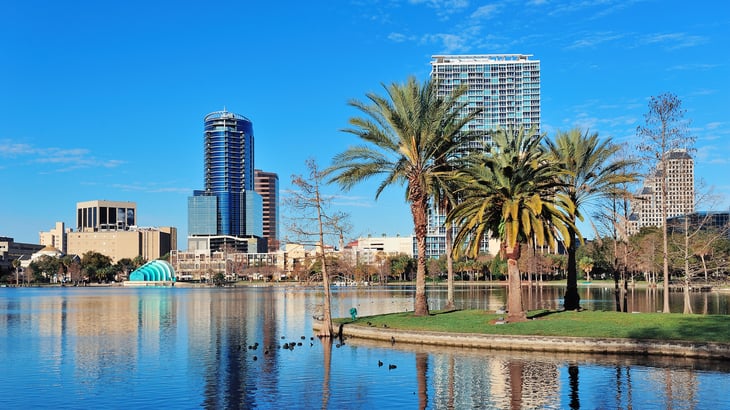
- Millennial renter wage gap: -38.1%
- Millennial renter median wage: $30,366
- Annual wage needed to afford a 1-bedroom rental: $49,080
- Median 1-bedroom rent: $1,227
- Percentage of millennials in rented housing: 29.9%
3. San Diego-Carlsbad, CA

- Millennial renter wage gap: -39.9%
- Millennial renter median wage: $41,885
- Annual wage needed to afford a 1-bedroom rental: $69,720
- Median 1-bedroom rent: $1,743
- Percentage of millennials in rented housing: 34.2%
2. Miami-Fort Lauderdale-West Palm Beach, FL

- Millennial renter wage gap: -40.0%
- Millennial renter median wage: $31,414
- Annual wage needed to afford a 1-bedroom rental: $52,320
- Median 1-bedroom rent: $1,308
- Percentage of millennials in rented housing: 30.1%
1. Los Angeles-Long Beach-Anaheim, CA
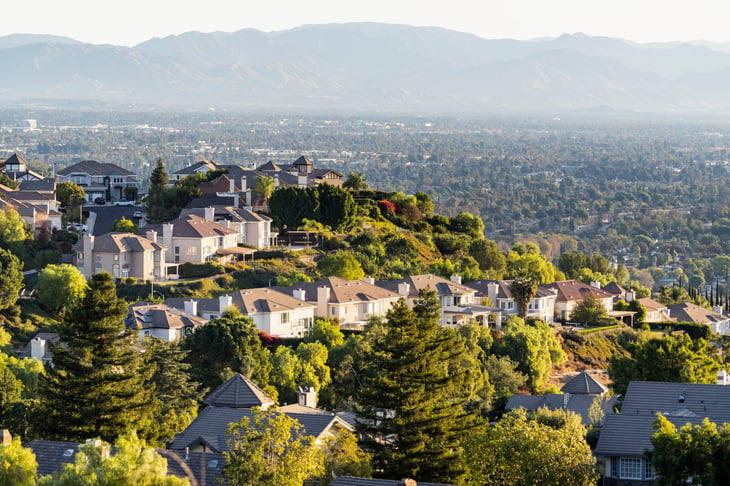
- Millennial renter wage gap: -49.5%
- Millennial renter median wage: $36,649
- Annual wage needed to afford a 1-bedroom rental: $72,560
- Median 1-bedroom rent: $1,814
- Percentage of millennials in rented housing: 35.6%
Methodology

The data used in this analysis is from the U.S. Census Bureau’s 2020 ACS PUMS (American Community Survey Public Use Microdata Sample) 5-Year Estimates. To determine the locations with the largest millennial renter wage gap, researchers at Filterbuy calculated the percentage difference between the median wage for millennial renters and the median wage necessary to afford a one-bedroom rental without spending more than 30% of wages on rent.
For the purpose of this analysis millennials are defined as those aged between 24-39 (in 2020). In the event of a tie, the location with the higher median one-bedroom rent was ranked higher. To improve relevance, only metropolitan areas with at least 100,000 residents and complete data available were included. Additionally, metros were grouped into cohorts based on population size: small (100,000–349,999), midsize (350,000–999,999), and large (1,000,000 or more).





Add a Comment
Our Policy: We welcome relevant and respectful comments in order to foster healthy and informative discussions. All other comments may be removed. Comments with links are automatically held for moderation.